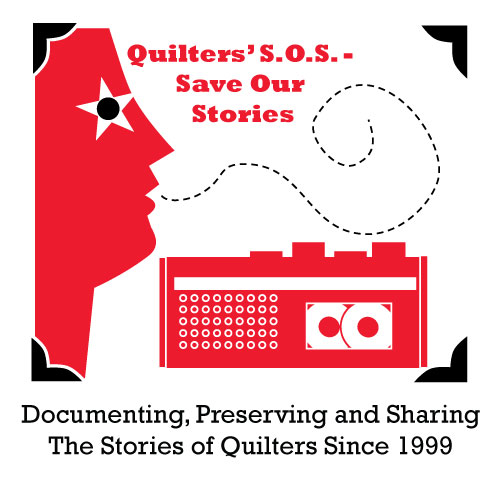 The Quilters’ S.O.S.- Save Our Stories project just got a little bit bigger. With over 1,000 interviews presented on our website and archived in the American Folklife Center at the Library of Congress, this collection is the largest of its kind. Thanks to the support of a grant by the Ardis and Robert James Foundation matched by donations from devoted Q.S.O.S. patrons, the project is taking a big leap forward. New staff support (project manager Emma Parker), the debut of our first quilts and oral history conference (coming on July 20 in Herndon, Virginia) and the launch of a scholars program aimed at mining this valuable repository for inspiring and educational content, are all on tap for 2013.
The Quilters’ S.O.S.- Save Our Stories project just got a little bit bigger. With over 1,000 interviews presented on our website and archived in the American Folklife Center at the Library of Congress, this collection is the largest of its kind. Thanks to the support of a grant by the Ardis and Robert James Foundation matched by donations from devoted Q.S.O.S. patrons, the project is taking a big leap forward. New staff support (project manager Emma Parker), the debut of our first quilts and oral history conference (coming on July 20 in Herndon, Virginia) and the launch of a scholars program aimed at mining this valuable repository for inspiring and educational content, are all on tap for 2013.
Here are a few of the newly posted interviews with an excerpt from each. Enjoy and please share!
Jessie McCoy
Interviewed on October 14, 2010 for the Georgia Q.S.O.S.
Interviewer: Jodie Davis
Location: The Georgia Quilt Show in Duluth, Georgia.
Read the full interview.
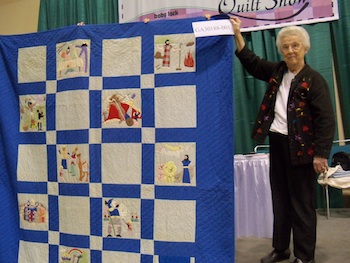
JM: My husband and I were Methodist Missionaries. We worked in China, Hong Kong, and Brazil and then he was called to the home office. And, of course, I went along. I didn’t have a job –I didn’t have a job when he was in New York. I made my own job. I was a nurse and worked in the hospital. So, I sewed–I have five children. I sewed for all of them. My specialty was making stuffed animals to acquire finances for church projects. And, I made hundreds of animals. But, one day in Brazil, I got a Ladies’ Home Journal which was a prize. Here I have an American magazine I could read. And in it, was this pattern for a crib quilt. A Bible figures–and Bible stories. I said, ‘Well that should suit me, I like that.’
Barbara Brackman
Interviewed on March 5, 2011 for the Kansas Q.S.O.S.
Location: Moda Fabrics in Dallas, Texas
Interviewer: Meg Cox
Read the full interview.
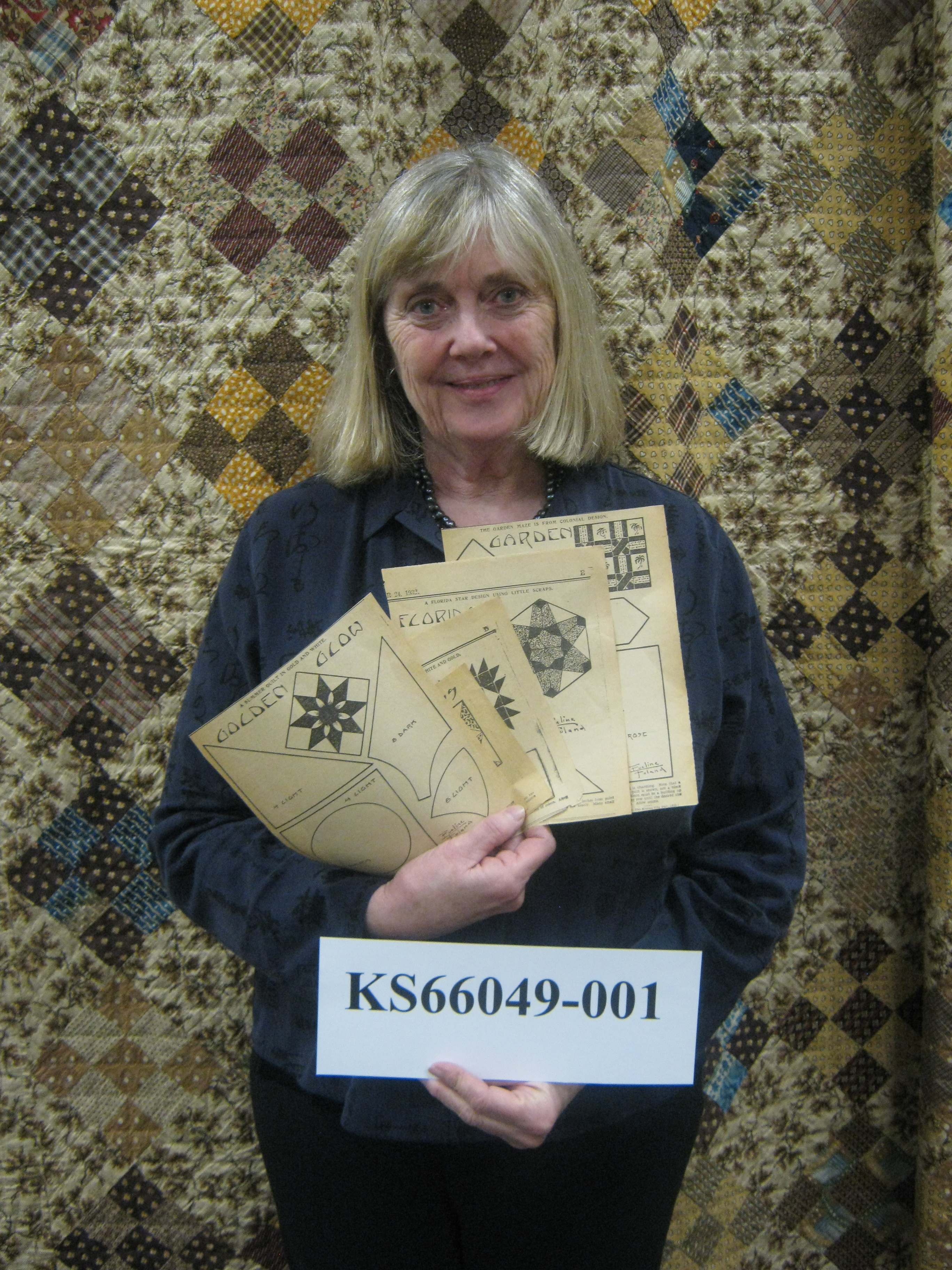
I’ve documented, I worked for Quilters Newsletter [Quilter’s Newsletter Magazine.] for many years and that was one of our big issues. ‘Caryl Bryer Fallert won a prize with a machine-quilted quilt. You know, we have to write an editorial about it. What do you think?’ Uh, well, let her do whatever she wants. So, there’s just no opinion there. It just seems to me, I’m a visual person and I’m certainly not a nit-picker and people have asked me to judge contests at fairs. ‘Oh, no, you don’t want me judging, because I’ll just go for the visuals. I will not check that binding and make sure that the batting extends to the edge.’
Victoria Findlay Wolfe
Interviewed on August 5, 2011 for the New York Q.S.O.S.
Location: New York, New York
Interviewer: Meg Cox
Read the full interview.
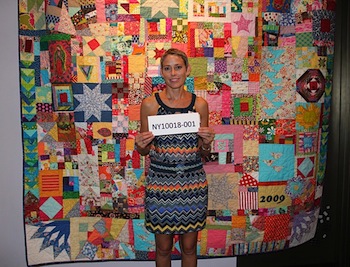
MC: How do you define, for you, what is it [the Modern Quilt movement] about?
VFW: For me personally it’s keeping all the rules open. I consider myself a very traditional quilter. I’ve done it since I was very young. I know patchwork and how to sew by hand but at the same time, as an artist, I want to try different things and I think maybe the modern movement is incorporating that more for everybody, that it’s okay to do your own thing. I think it is all-inclusive, it includes the art quilter, the beginner quilter, the traditional quilter who wants to try something new. The fabric designers are a big part of it, the more color I can get, the happier I am.
Michael Michalski
Interviewed on April 27, 2011 for the New York Q.S.O.S.
Location: The National Quilt Museum in Paducah, Kentucky
Interviewer: Amy Milne
Read the full interview.
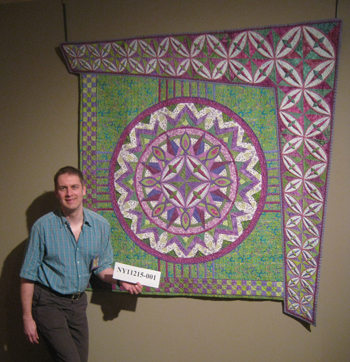
AM: …When do you find time to quilt, because currently you’re working on what?
MM: …Outside of work, all my time is spent quilting, pretty much. And I also quilt at work during my breaks, being in theater there’s a place to sew, so I have a place where I can go and sew during the show, during my breaks, or between shows. So actually that’s a good productive place to work because there’s no distractions as most people know from trying to work at home, there are just so many distractions. For you, even more so. So there, there is nothing else to think about but the quilt and I get a lot of quality time in at work as opposed to home. If I consciously say I’m only quilting, it’s fine but trying to deal with these other things that need to get done as well. So I quilt many. People ask what I do, ‘Is this like two full-time jobs?’ There’s my vocation where I earn money and my avocation which is what I really want to do, which is make quilts.

Posted by Amy E. Milne
Executive Director, Quilt Alliance
amy.milne@quiltalliance.org

Love these stories, and plan to read them all, in time. I have begun a book of my own quilting, and invite you to read my earlier writings about quilting, at a page on my website. The page, and the book-in-progress, is titled The Quilter’s Quarters. Here is the link: http://beyondoldwindows.webs.com/thequiltersquarters.htm
Thank you for sharing all that you do here at this page. It is inspiring, always.